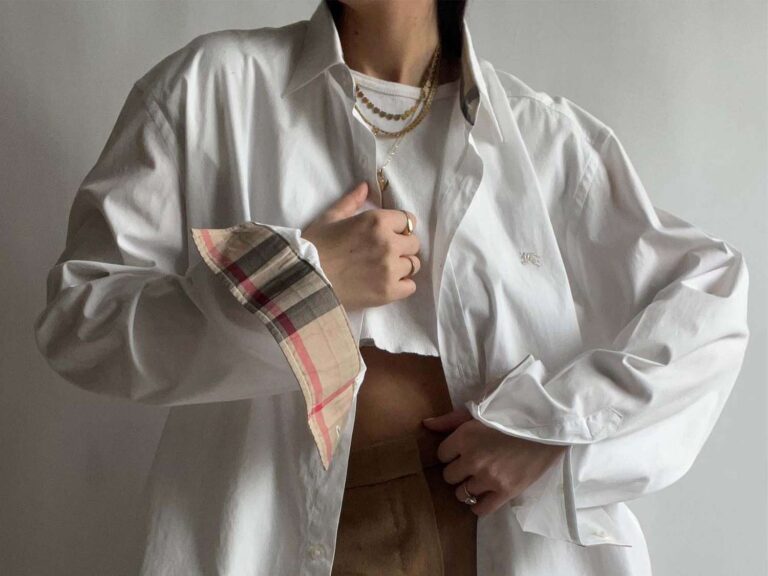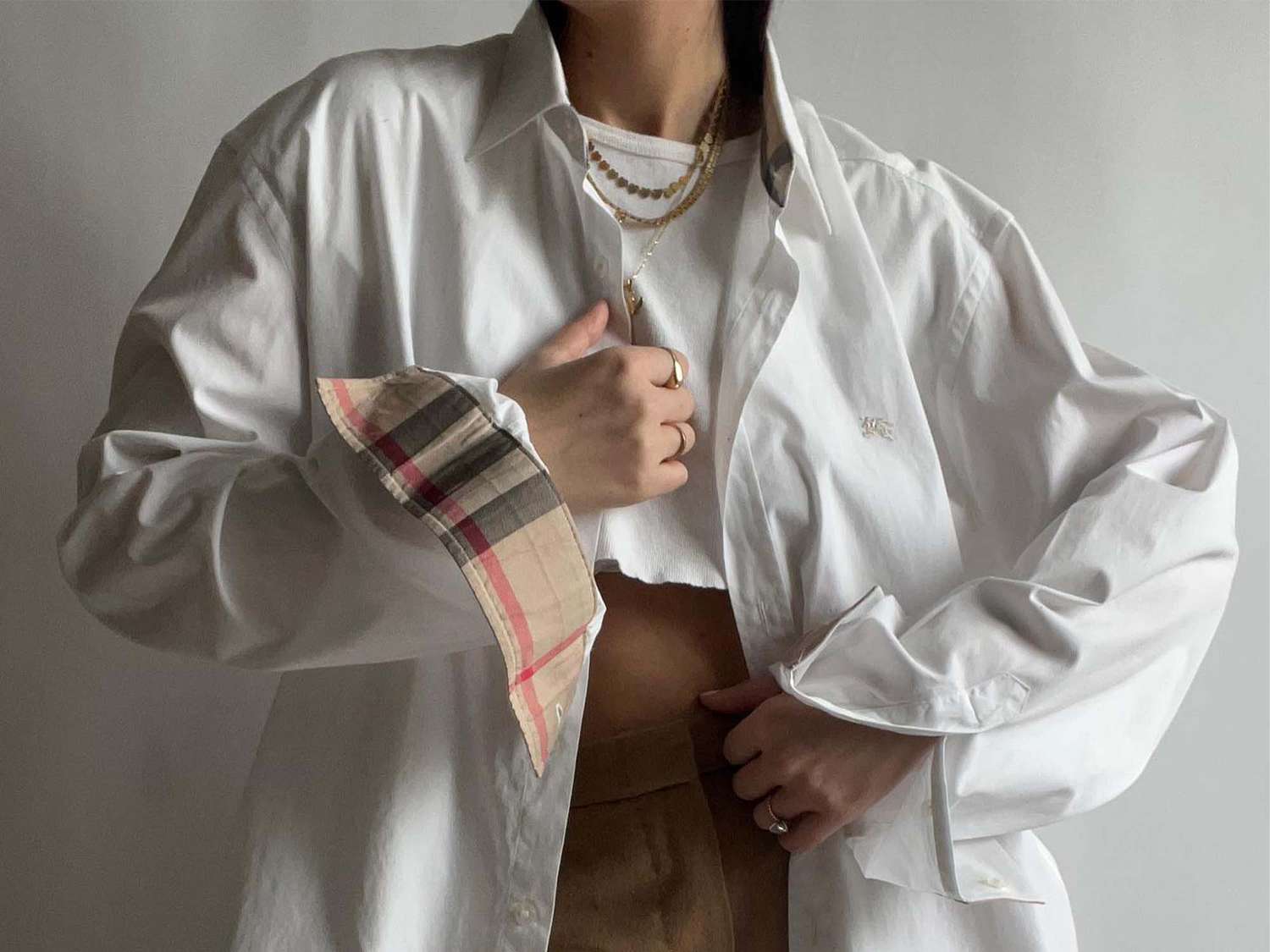
Last year, finance influencer and Founder and CEO of Finance is Cool, Haley Sacks (@MrsDowJones), bought a pair of Chanel sneakers on a trip to Paris. Chalking it up to her champagne buzz, the sneakers were not her favorite, and she found herself feeling morning-after regret—until she looked them up online. Now, she’s going to make 150% profit by reselling them.
The rise of secondhand has changed so much about the way people shop. For one, the vintage and resale market promotes a circular economy, which we all know is a priority for Gen Z. The secondhand market also allows people to buy luxury at lower price-points and alleviates the fear of a bad purchase—if you hate it, you’ll sell it. New tech platforms and in-house resale programs have strategically messaged the financial, environmental, and cool-girl benefits of ditching fast fashion for long-term luxury. However, shopping ethically can be a lot more financially straining upfront, which is why it’s important to educate yourself on the market and your finances to better understand the multi-faceted value of high-end products.
I sat down with Sacks to chat about everything from financial literacy and her favorite fashion investments, to navigating the evolving luxury and re-commerce markets. So, if you’re on the fence about buying that Loewe bomber jacket, my disclaimer is read before purchase.
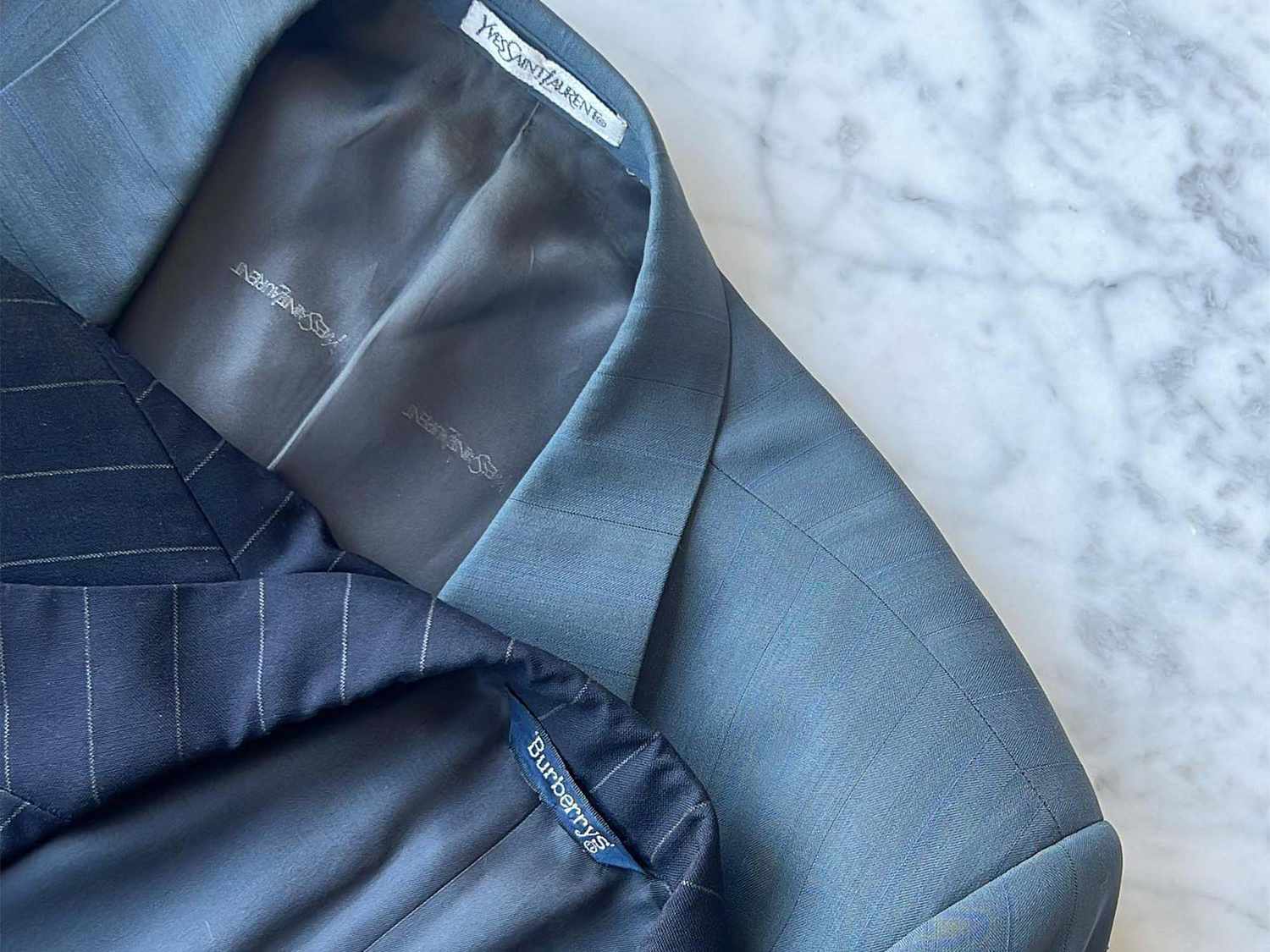
Financial Literacy Is the Moment
Making a luxury purchase can be extremely gratifying—if you’re financially ready for it. “I firmly come from the camp that money is meant to be enjoyed and spent on the things that you love,” said Sacks, whose first market luxury purchase was a Chanel 19 bag she bought in Paris. When tapping into the luxury space, try to quiet your inner Carrie Bradshaw and shop intentionally. “It’s really important to do it in a way that is not impulsive,” Sacks said. “I always look at purchases and think ‘can I buy this twice comfortably?’”
Being financially literate is the cool-girl way to shop and style luxury. The resale market has created new opportunities for people to buy and sell—giving consumers an excuse to easily justify big purchases. And, while we all love the idea of being the first to buy the next It Girl bag, understanding the luxury market is a lot more complicated than buying Hailey Bieber’s newest arm candy. Once you fall in love with a designer piece, Sacks encourages everyone to evaluate where they are financially: Do you have a six-month emergency fund in a high-yield savings account? Do you have any high-interest rate debt? Are you on track to max out your retirement funds? Was this money put aside for this reason?
Making a big fashion purchase should be fun and guilt-free. “Money is all value-based. When I wear my Birkin, I feel amazing. It truly is like a vibe shift,” said Sacks. Styling your favorite designer piece looks so much chicer when it’s not accessorized by financial stress.
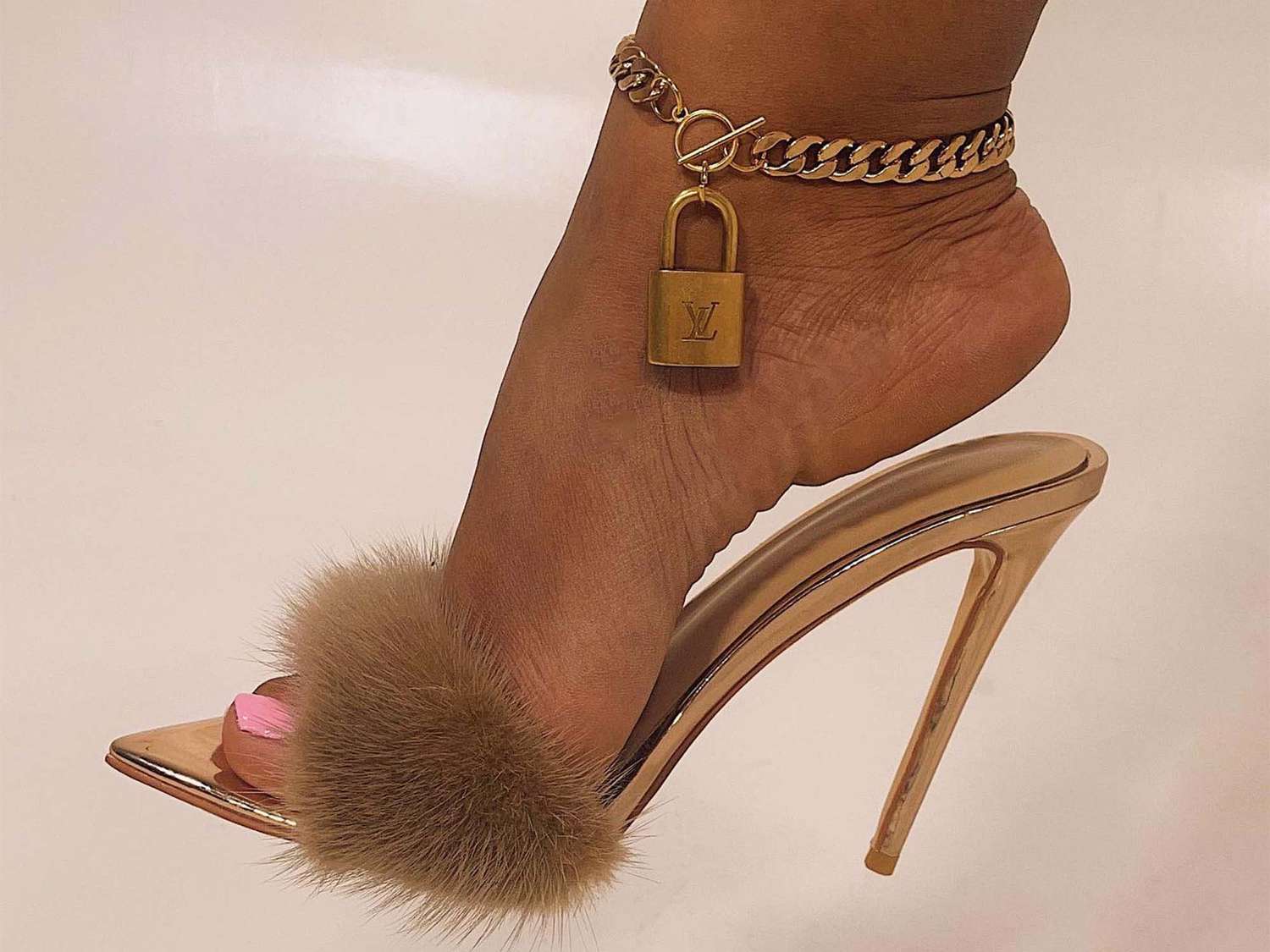
Becoming Secondhand Savvy
Somewhere in Sacks’ home, two beautiful Birkins are stowed away, appreciating in value, so she can one day resell them. “I really believe in the power of an Hermès handbag as an investment,” said Sacks. Choosing a designer bag or luxury watch with the intent of its value increasing over time is an imperfect science. First, you have to love the item and plan for it financially, of course. Then you have to do your research. According to Sacks, investing in fashion is like investing in stocks. She explained that handpicking a stock is historically challenging, “Chances are you’re not going to do a very good job,” she said, “I also think that’s really important with the bag economy. You have to really do your research and understand what you’re buying.” For Sacks, she advises sticking to the holy trinity: Hermès, Chanel, and Louis Vuitton.
While those luxury classics have historically held the best value overtime, they also have the priciest products. According to The RealReal’s 2023 Luxury Consignment Report, consumer trends are showing a newfound appreciation for accessible price points. The report states, “Instead of investing in ultra-luxury classics, many consumers are looking for more affordable, trendier styles from Bottega Veneta, Prada, Miu Miu, Dior, Burberry, and Valentino.” With Gen Z and millennials shopping the most vintage luxury, according to The RealReal, demand for buzzier brands with gateway prices is only expected to grow. If you’re not ready to buy a Birkin, but you still want to make a thoughtful luxury purchase, consider sticking to core styles with silhouettes and details that are brand classics. Before making a purchase, Sacks recommends using her investment principles: Don’t speculate, buy things that have inherent value, and only put 5% of investments into risky things like ultra-trendy fashion pieces.
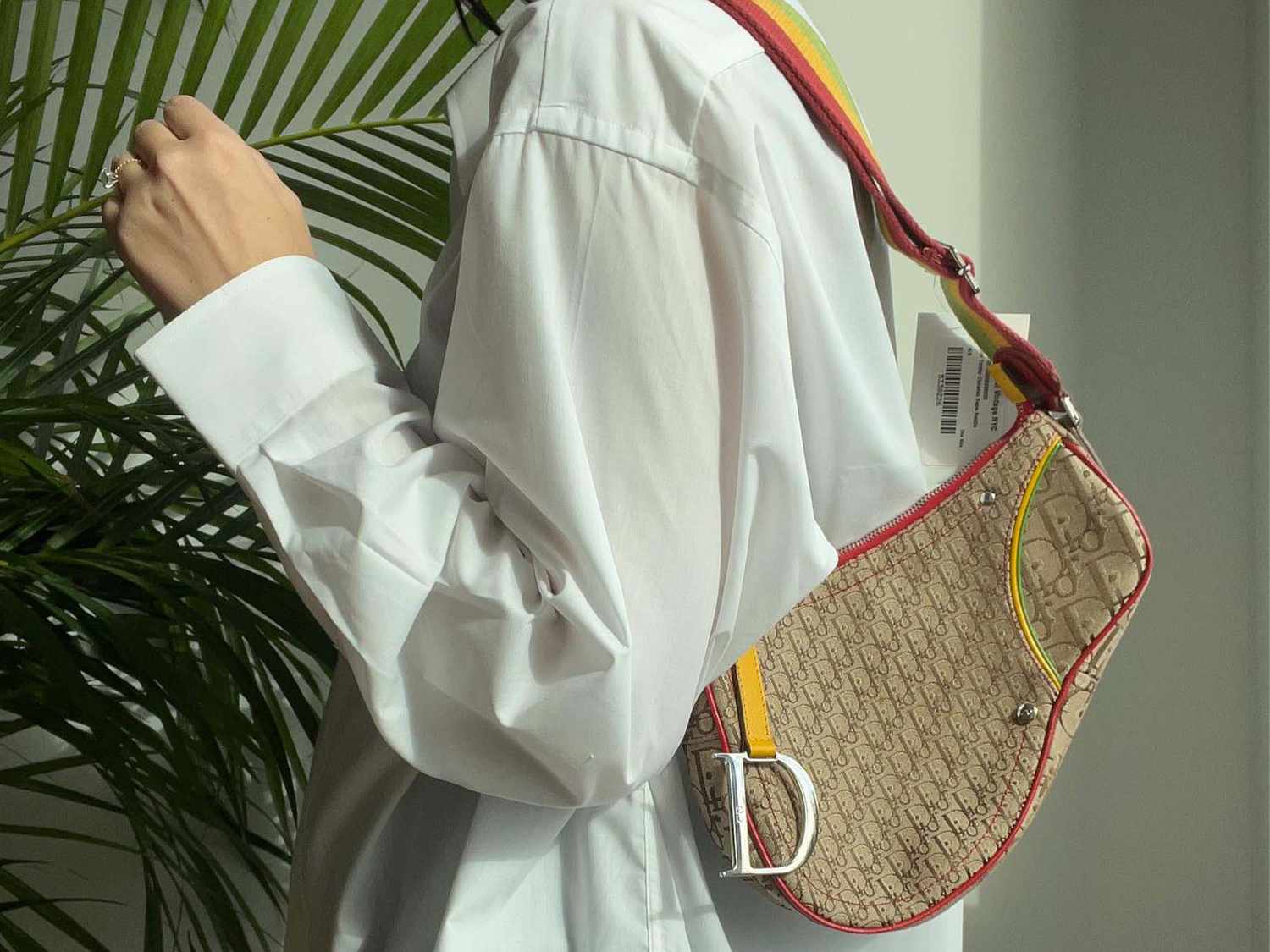
If you’re ready to consign on a platform like Depop, ThreadUp or Rebag, it’s worth understanding the different fees that apply on each site. “It’s obviously easier than ever to resell items like the sneakers I bought in Paris,” noted Sacks. “The easier that it is to resell, usually the bigger fee they’re taking.” Comparing resale to investing again Sacks shared, “The more someone’s holding your hand, the more you’re going to be paying them a cut. It’s really important to make sure that if you actually did really invest in this, to maybe find the places that have lower fees.” Being strategic about where you choose to resell will help you get the biggest return on investment. Consider selling directly through your Instagram story or to one of the below small, female-owned businesses:
- Select Vintage NYC
- Dammi Vintage
- Dana Foley NYC
- Yuris Market
- Shop Vanilla Vintage
Creating Your Capsule Wardrobe
It would be hypocritical of me to say never shop fast fashion—I love a Zara haul as much as the next girl. However, there is something super adult and aspirational about building a capsule wardrobe of classic, "forever" pieces.
Building a capsule wardrobe doesn’t happen overnight. Rather, it’s the result of years of intentional shopping and investing in timeless pieces that you love. Not everything in your capsule wardrobe needs to be designer, but they should be high-quality, classic, and authentic to your personal style. When discussing fast-fashion dupes Sacks shared, “Fashion to me is self expression, so I would rather buy a $15 vintage bag that no one else has that’s so cool and so different than buy a dupe that maybe would give a stranger on the street the perception that I have a lot of money, but, it’s fake—why would you want to be fake?”
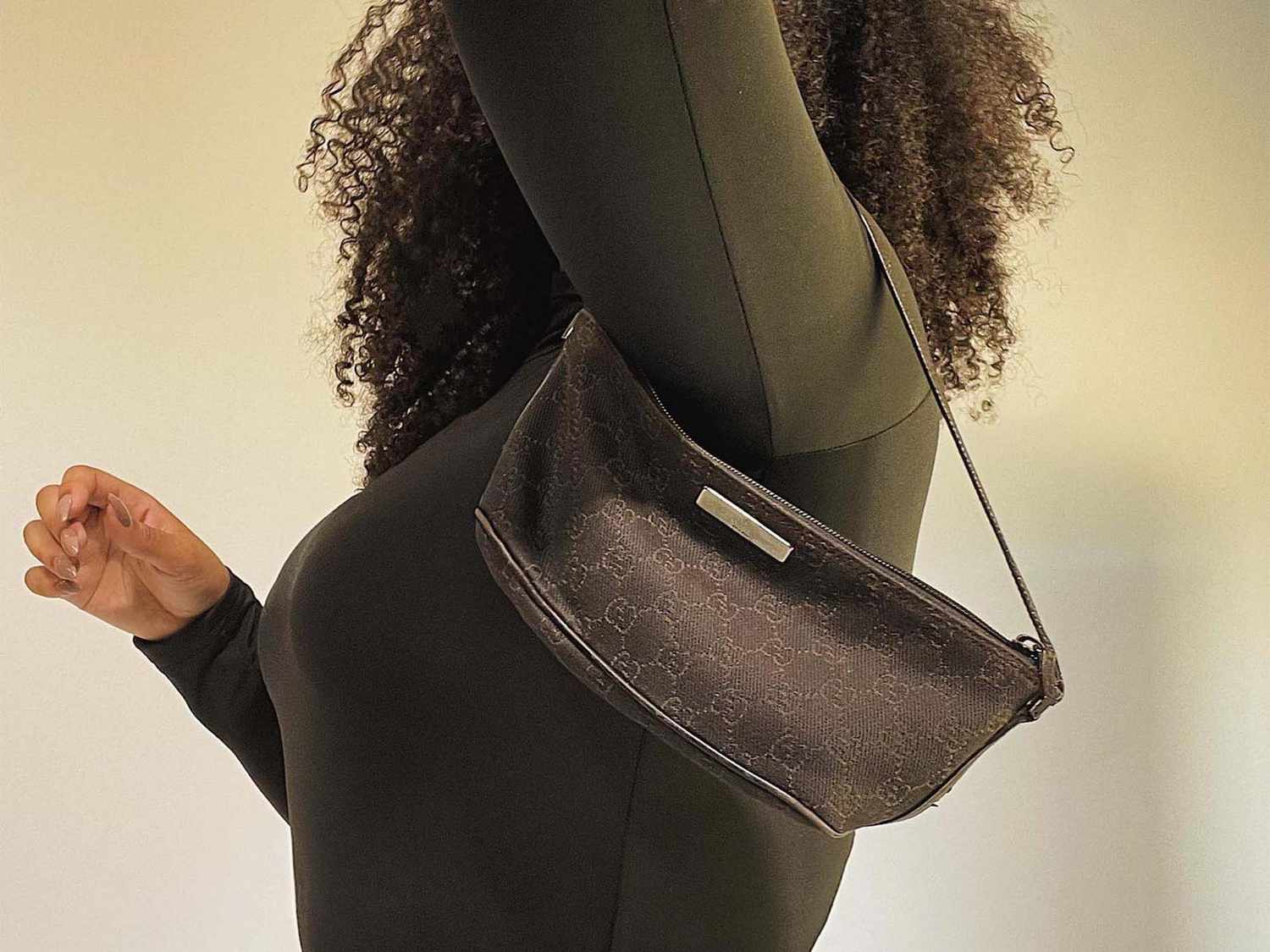
Now to the point about the celeb-loved, Loewe bomber jacket: As Sacks put it, “the value of that bomber is that no one has it yet.” She continued, “It’s a different thing if it’s a purchase that you really love, but if you’re just trying to be like Kendall and Hailey, it’s going to be a really expensive journey for you that ultimately leads you to being clothing rich and house and retirement fund poor.” Buying a classic piece means it’s something you’ll wear forever and will look cool even five or 10 years from now. “Don’t be influenced. Be classic and be smart with your money,” added Sacks.
Capsule Classics
For fashion lovers looking to start investing in their capsule wardrobes, here are some of Haley’s luxury product recs.

